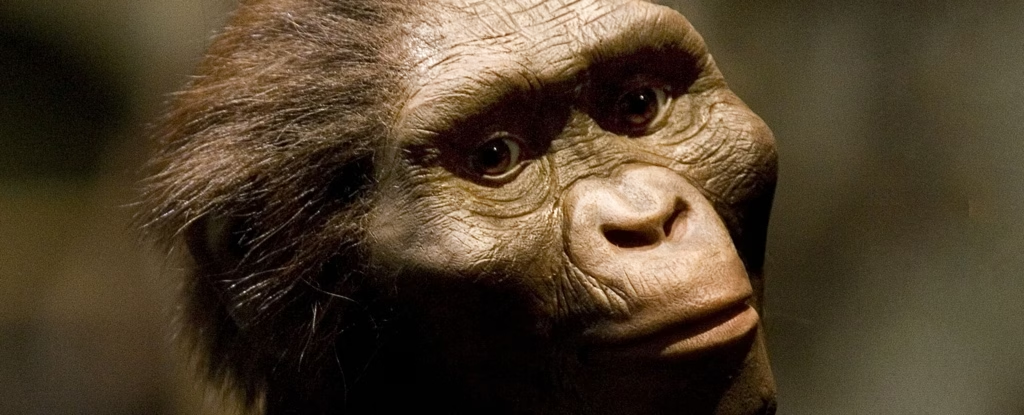It was for some time the oldest known member of the human family. Fifty years after Lucy’s discovery in Ethiopia, mysterious remains continue to generate theories and questions. In a nondescript room at the National Museum of Ethiopia, 3.18-million-year-old bones are carefully removed from the vault and placed on a long table.
They consist of fossilized tooth remains, skull fragments, pelvis and femur bone fragments that make up the world’s most famous fossils. australopithecus afarsky Lucy Hominid was discovered on November 24, 1974, in the Afar region of northeastern Ethiopia by a team of scientists led by Maurice Tayeb, Yves Coppens, Donald Johanson, John Kalb, and Raymond Bonnefill.
The 52 bone fragments, comprising nearly 40 percent of Lucy’s skeleton, were the most complete at the time and revolutionized our ancestors’ understanding.
The skeleton was originally named AL-288-1, in reference to Afar and its geographical location. However, after celebrating their discovery, the researchers named her Lucy, inspired by the Beatles song “Lucy in the Sky with Diamonds” they heard.
Lucy is believed to have walked on two legs and died between the ages of 11 and 13; This is considered an adult for the species. He was 1.10 meters (3.6 ft) tall and weighed 29 kg (64 lb). According to Sahleselasie Melak, the 31-year-old head of the paleontology department, Lucy’s discovery marked the end of a “dark age” in our understanding of human ancestors.
“The impact of the discovery was huge in this discipline and even around the world,” he told AFP. Lucy showed that members of the human family existed more than three million years ago and also provided a template against which to compare later bone discoveries.
The amount of information that could be gleaned from the bones has allowed for very detailed theories about Lucy’s life. A slightly deformed vertebra, for example, “probably means there are back problems,” Melaku said.
“Extraordinary”
Jean-Renault Boissery, a paleontologist specializing in Ethiopia and head of research at the French National Center for Scientific Research, said this was an “extraordinary” breakthrough for the discipline.
“We basically knew very little about the period three million years ago and had nothing that complete,” he said.
Lucy is often described as “humanity’s grandmother,” but experts say recent discoveries suggest she may have been more like an aunt or cousin. Skeletons found in places such as Ethiopia, South Africa and Kenya have complicated the picture and led to much debate about when different hominid species appeared and which should be classified as part of the human or chimpanzee family.
The discovery in Chad in 2001 of Tumai, a skull estimated to be six to seven million years old, suggests that the human family may date back much further than previously thought.
Meanwhile, Lucy hasn’t revealed all her secrets yet.
In a study published in 2016, it was stated that it spent one-third of its time in the trees where it nested and that its upper limbs were highly developed. Another investigation the same year suggested he died after falling from a tree.
2022 research nature magazineHe focused on Lucy’s pelvis and concluded that the newborn representatives: australopithecus Like today’s newborns, they have very immature brains and need parental support to survive.
“There are a lot of unanswered questions,” Melaku said with a smile. “Specifically, we don’t know much about the early ways in which these early human ancestors lived.”
The museum receives frequent requests to examine it, but the iconic skeleton no longer leaves Ethiopia. Wider scientific progress and modern equipment are opening new avenues for research.
“The research that can be done on him and his peers raises the scientific questions of tomorrow,” Boissery said. “It’s such a remarkable material that it’s playing a driving role in the evolution of research.” © Agence France-Presse
Source: Port Altele
